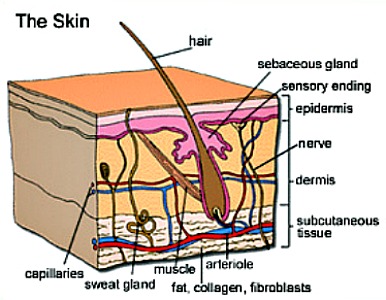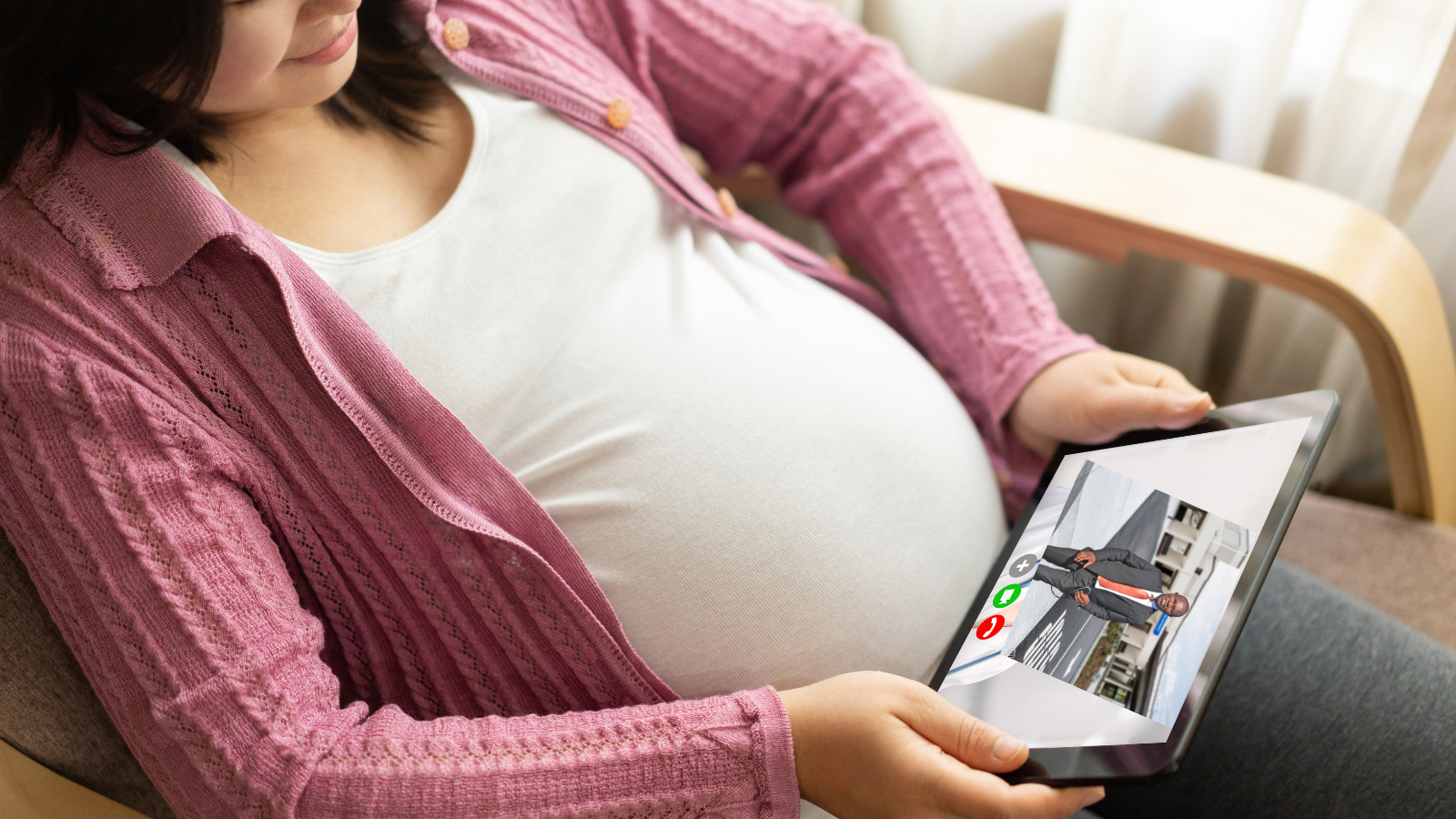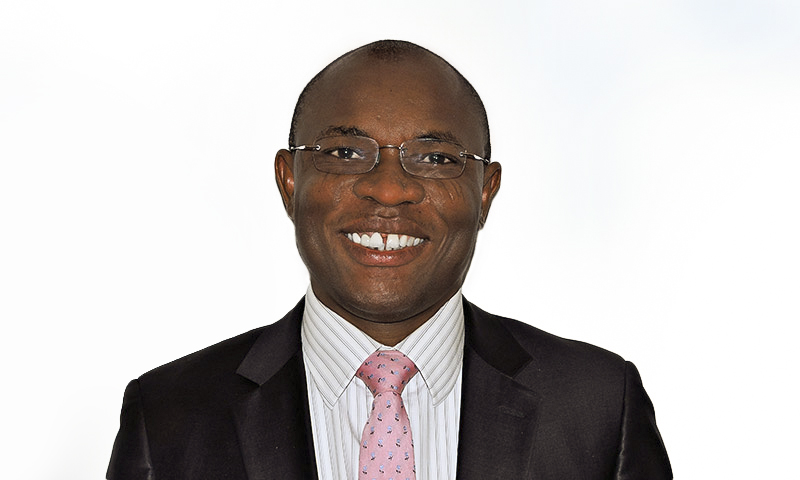Sign up to our newsletter!
What Is Acne?
Understanding Leads To Better Treatment & Prevention

What is acne? It is a skin disorder arising from partial or complete blockage anywhere along the pores of the sebaceous glands of the skin from excessive sebum production, with or without subsequent bacterial infection.
A sebaceous gland (colored pink in this diagram) is a group of body cells located at the bottom of each hair follicle, and they naturally produce a oily material called sebum, that helps to lubricate our hair. The sebum is produced and then secreted into the canal or pore adjourning the gland, bathing the hair follicles.
When this gland produce excessive amount of oil (sebum), it blocks the small pores around the hair follicle. This blockade leads to formation of a whitehead or closed comedones, if the blockade is below the level of the skin surface. If the blockage is at the level of the skin surface, it leads to the formation of open comedones or blackheads.
This blockade can lead to bacteria breeding inside the excessive sebum trapped, and cause inflammation of the skin around blocked pore, leading to inflammation and redness of the spots or acne.
Several researches have show that at puberty, the production of high amount of a hormone called androgen causes the sebaceous glands to produce more sebum than usual. Sometimes, it is just a high amount of androgen that is the problem, the glands themselves becomes very sensitive even to normal levels of androgen.
The over production of sebum alone is the the only cause of blockade. The same hormones (androgens), that stimulate excessive sebum production is also believed to cause our hair follicles to produce excessive dead skin flakes called keratin. They are what is responsible for blocking or plugging the hair follicles from the top, while the sebum is produced in excess from the bottom. Following such blockage, a normal skin bacteria called Propionibacterium acnes may now colonize the "broth" formed from a mix of sebum and dead skin (keratin), leading to inflammation, characterized by redness, pain, cyst formation or pustules (cyst containing pus). If this inflammatory process progress aggressively, it leaves varying degree of scar.
Can you see why acne, pimples and zits swells up and sometimes cause the tension and pain associated with this skin condition?
What Acne Is Not
Now that we know a bit about what is acne, let see what it is not. If you suffer with acne, you might have come across or heard some worrying tales about acne. It is important to know that:
- Acne is NOT caused by dirt. The so called blackheads seen with acne is as a result of the pigment melanin found in the dead skin flakes or keratin that plugs the hair follicle in acne
- Acne is NOT contagious. You cannot have acne because your friend or someone you touch suffers with it
- Not every body or teenager will suffer with acne, but well over 80% will
- Acne is NOT caused because your skin is oily. Acne does happen in those with dry skin too
- Acne is NOT due to young girls NOT taking pills. While it is true that a few types of contraceptive pills COULD make acne get better, some other contraceptive pills can make acne worse.
- Acne is NOT an unavoidable evil that has to be endured. All types of acne can be treated.
Other Words For Acne
Depending on where you live, there are other words used to describe acne in official and colloquial English language. They include:
- Pimples
- Zits
- Spots
- face bumps
What is acne called in your locality? We would love to hear from you. Please use the submission box below to tell us about any other words for acne you know of.
Acne "Look Alikes"
There are certain skin conditions that may look like acne, but are not exactly acne. They include:
- Perioral Dermatitis
These are multiple small spots of about the same size which occur around the chin and mouth of women.
It does not spread to the upper part of the face, and tends to occur in association with heavy cosmetic use or even the use of steroid containing creams and lotions. Use of normal acne creams like benzyl peroxide, or alezeic or salicylic acid will not clear off this skin disorder. Treatment is usually with the use oral antibiotics like Lymecycline 408mg once daily for 4 to 8 weeks or any of the tetracyclines for skin. - Acne Rosacea
This is another very common mimicker of facial acne. It is more of a disorder affecting those above 40 years of age. It is a distinctively different skin disorder in which secretion of sebum is normal, and the ducts are not blocked. It occurs as redness of the face around the forehead, cheeks and chin, with small raised bumps which may be pus filled - pustules. There may be associated infection of the conjunctiva and eye lids. Treatment is with tetracyclines. - Seborrhoeic Dermatitis
This causes a flaky yellowish peeling of the face or scalp skin with some redness. There is usually no bumps and can be triggered by stress and it is thought to be caused by a fungal. - Hidradenitis Suppurativa
This is a skin disorder characterized by multiple large cystic abscesses occurring mainly in the armpit, back, chest, upper thigh and buttocks. It is related to acne conglobata, and can be mistaken for very severe form of acne. - Acne Keloidalis Nuchae.
What is acne keloidalis nuchae? These are papules and pustules on a background of scally skin found at the back of the upper neck and scalp in people of African decent. It is not acne in any sense.
There are other look alike of acne like molluscum contagiosum (a type of wart), systemic lupus erythromatosis (causing a rash on the bridge of the nose spreading to both sides onto the cheeks), keratosis pilaris and heat rash (miliaria or miliarasis). It is very important to understand what is acne and what it is not, how it is developed, and the various types of acne to help target appropriate treatment.
Many treatment failure arises where a comedone acne is treated with antibiotics for example. Treatment success lies in identifying and dividing acne into the two types: Non-inflammatory acne (comedones -white heads and black heads), and inflammatory acne (cystic, pustules, +/- comedones and scars). If you have been receiving treatment for acne and it remains ineffective, going back to the basics and understanding what is acne is thus necessary.
Non-inflammatory acne should be treated (mild to moderate) with topical benzyl peroxide, aleazic acid, and topical retinoids. Antibiotics are useless! On the other hand, Inflammatory acne should be treated (mild to moderate) with topical benzyl peroxide, aleazic acid, retinoids plus topical or systemic antibiotics. We will build more on this when discussing the best treatment medications for acne.
Understanding what is acne also helps in instituting the right preventive measure to acne re-occurring after treatment.
References:
- Acne vulgaris. The Lancet, 2012. Volume 379, Issue 9813, Pages 361-372
Hywel C Williams, Robert P Dellavalle, Sarah Garner. - Androgenic Hormone Profile of Adult Women with Acne. Dermatology 2013;226:167-171 (DOI:10.1159/000347196).
What Is Acne
What is acne? We are compiling a list about what people think acne is, what makes it worse, and any held views about this skin condition. What is acne to you? We would love to hear from you. Please write as much as you can about this and share your thoughts here.
Stay Connected







New! Comments
Have your say about what you just read! Leave me a comment in the box below.